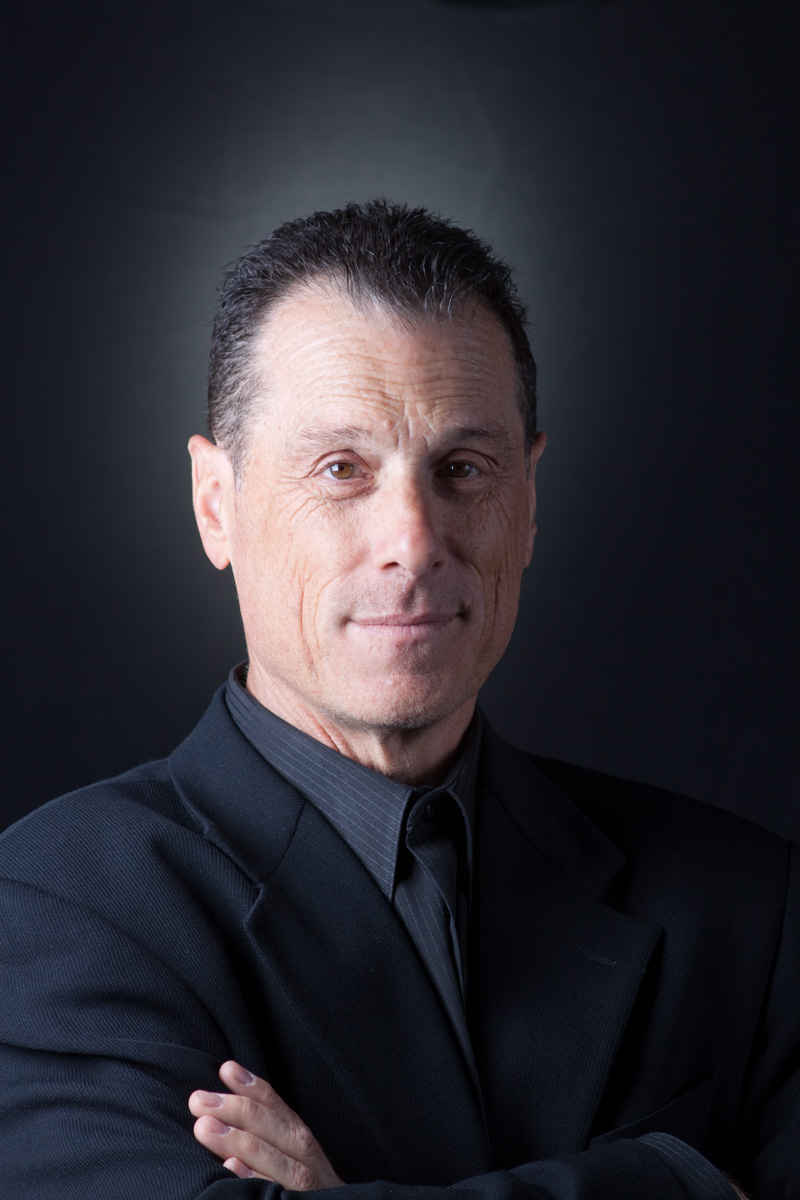 I have a multi-drawer Steelcase file cabinet in my office filled with xeroxed copies of articles, essays, and printed matter that, at some point in my life, I found to be interesting or even profound. Even as I write that sentence it feels arcane and of another time. However, I find myself revisiting those copied pages and re-reading many of them to refresh the sense of connection I had when compelled to follow the steps necessary to originally populate the file cabinet. As they were mostly all from print sources, I recall tearing or cutting them out to copy or pressing the magazine, newspaper, or journal tightly against the glass of the copy machine. Clearly, this process took time; it was an investment in the creation of a long-term archive of ideas that engaged my full attention as I encountered them. Ideas are protean things. They change and evolve as we try to fix them through conversation or discussion; ironically, the copy stays largely the same. The text may yellow with age, but the idea stays put, whether in a file cabinet or tucked in a pocket, shoved under the leg of a chair or otherwise tossed around.
I have a multi-drawer Steelcase file cabinet in my office filled with xeroxed copies of articles, essays, and printed matter that, at some point in my life, I found to be interesting or even profound. Even as I write that sentence it feels arcane and of another time. However, I find myself revisiting those copied pages and re-reading many of them to refresh the sense of connection I had when compelled to follow the steps necessary to originally populate the file cabinet. As they were mostly all from print sources, I recall tearing or cutting them out to copy or pressing the magazine, newspaper, or journal tightly against the glass of the copy machine. Clearly, this process took time; it was an investment in the creation of a long-term archive of ideas that engaged my full attention as I encountered them. Ideas are protean things. They change and evolve as we try to fix them through conversation or discussion; ironically, the copy stays largely the same. The text may yellow with age, but the idea stays put, whether in a file cabinet or tucked in a pocket, shoved under the leg of a chair or otherwise tossed around.
This observation is not intended as a nostalgic recollection about how things were better in another era, but rather made in response to two distinctly current ideas about work in general. The first is from a recent book and interviews with its author Cal Newport, a computer scientist at Georgetown University, who wrote Deep Work: Rules for Focused Success in a Distracted World. Newport contends that we are downplaying the problems created by trying to work in environments filled with constant interruption. He talks about methodologies to cultivate “deep attention” and what we gain when we find ways to actually immerse ourselves in meaningful work. He proposes that by working in the way we often do, amongst interruptions and the pull of online connectivity, we are also denying ourselves the “satisfaction that often comes from committing our full attention to a task.” This idea is certainly not without precedent. It is however, arguably an era in which our attention is greatly compromised and the demand on our ability to deeply focus on a single task is constantly tested. This is particularly onerous for artists; the disabling of continuous arcs of unbroken creative time often fractures the logic of the process by which deeply felt work is made. If we factor in the way in which much of creative work is consumed, as mediated and atemporal digital images, even the reception of art works made with uninterrupted focus are subject to a kind of distracted viewing. Digital media often reduces works of art to the visual equivalent of a sound bite. Replayable media allows for constant revisiting of archived performative work, but is clearly different than the object or the live event. As with my description above of my file cabinet full of texts, our understanding of a work of art deepens as we live with and revisit such things, artworks included.
The artist and writer Jenny Odell, who teaches at Stanford, explains why “place is the antidote to the attention economy” in her book How to Do Nothing. Odell suggests that a certain kind of attention is possible when one attaches oneself to a sense of place beyond the digital. She does not argue against digital communities and culture, but rather proposes a kind of hybrid in which one consciously oscillates between the two with intentionality and a deep understanding of the requirements and residual effects of each.
Such ideas echo the writings of the transcendentalists, of Thoreau and Leopold and Lucy Lippard’s writing about place. The Buddhist practice of Miksang (a school of contemplative photography) encourages its practitioners to spend considerable time becoming sensate to their surroundings through sounds, sensations, and other observations before beginning to “work,” and to revisit such awareness throughout one’s creative practice.
Odell’s prescription to “do nothing” allows one to do the “deep work” that Newport speaks about; in either case we are encouraged to engage with material and media by first becoming available to our creative practice by making space for it.
Douglas Rosenberg
Chair, UW-Madison Art Department
